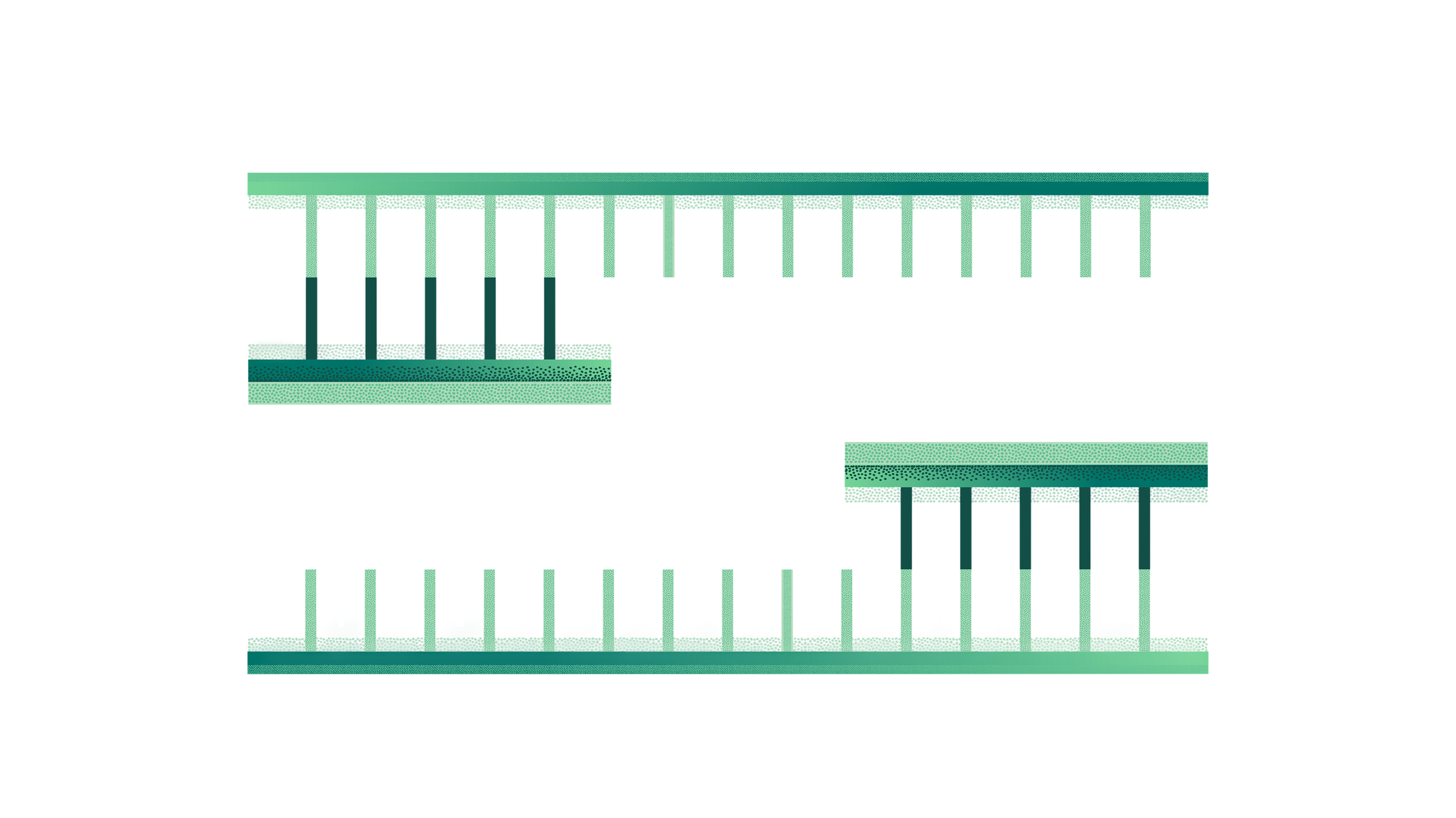Primer Design

Download "Primer Design" Ebook
In Silico Primer Design Tools
In silico modeling and design is a crucial step used both to prepare for and to document a variety of protocols and experiments done in the lab. Software tools used for modeling range from desktop applications, to online cloud-based systems, like Benchling. These tools are important for modern labs as they help maintain institutional knowledge, manage experimental traceability and data, and automate result capture.
Benchling’s molecular biology suite is a comprehensive set of in silico tools that can model a variety of protocols beyond primer design, including plasmid design, cloning, sequencing, assembly methods, CRISPR, DNA alignments, codon optimizations, CRISPR gRNA design, and more. After primer design, performing an in silico PCR allows scientists to use their amplified gene of interest to model downstream procedures also, such as cloning or assembly methods.
Desktop vs. Cloud-Based Primer Design Tools
As R&D workflows increase in complexity in recent years, life science teams have become increasingly specialized, requiring constant communication with outside partners, other departments, and upstream or downstream teams. It’s becoming more important to them to find cloud-based tools that are able to support cross-team collaboration, and that can easily integrate with their broader informatics infrastructure.
Despite the fact that molecular biology has evolved tremendously over the last decade, most molecular biology software tools are point solutions that were not built for modern, complex scientific workflows. With point solutions, R&D organizations may struggle to tie downstream assay data back to the primers used, or figure out which primers and vectors were already designed and stored in their inventory system. Simply, they lack automated traceability of what was performed after primer design. Many companies are left managing processes using pen and paper, spreadsheets, and wasting precious lab hours on manual work. This slows down research and introduces risks into process development and scale up. Desktop point solutions can also be difficult to maintain, and ultimately do not allow organizations to fully leverage their data and maintain institutional knowledge long-term.
Desktop tools may offer powerful features for specific functions, but they struggle to support the collaborative, high-throughput setting that teams are now moving towards. Cloud-based tools can offer both, plus fit easily into an ever-evolving R&D IT ecosystem. With the sunsetting of older tools such as Vector NTI for primer design, companies are finding an increasing urgency to switch to more contemporary, cloud-based software such as Benchling.
Primer3 and Primer3Plus
Benchling's online primer design tool incorporates Primer3 algorithms for automatic primer design to create primers quickly. Primer3 is a widely used program for designing PCR primers, hybridization probes, and sequencing primers. In silico tools provide input to Primer3 of design parameters determined by the scientist. Primer3Plus, gives a new, more intuitive web interface to the original Primer3 program.
NCBI Blast
NCBI Blast is a suite of programs started in 1991 by the U.S. National Center for Biotechnology Information (NCBI). Basic Local Alignment Search Tool (BLAST) can identify regions of local similarity between experimental/query sequences and a database of reference sequences. By comparing nucleotide sequences to different sequence databases, the tool is able to provide detailed statistical significance reports of any matches. There are various BLAST algorithms, including those to help identify genomes (RNA or DNA nucleotide sequences), targeted sections like SNPs, and even proteins. Every query a scientist makes using BLAST is stored forever, creating an ever-growing library of referenceable sequences that adds to the tools’ accuracy.
Powering breakthroughs for over 1,300 biotechnology companies, from startups to Fortune 500s
